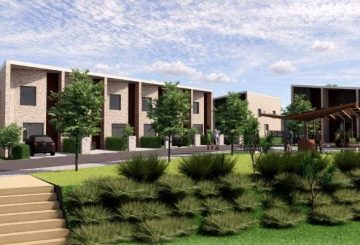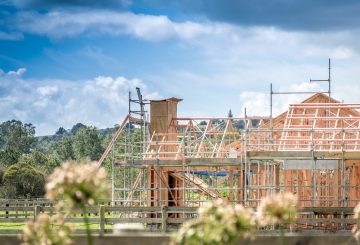Không có gì đáng bàn, bao gồm cả việc kiểm soát tiền thuê nhà, khi các quan chức Chính phủ tìm cách giúp những người đang gặp khó khăn về chi phí ăn ở, Bộ trưởng Bộ Gia cư Poto Williams nói.
Với một số biện pháp đang được đề xuất, cần có sự cân bằng để đảm bảo không tạo ra bất bình đẳng ở những nơi khác.
“Các đề xuất xung quanh việc kiểm soát tiền thuê nhà và những thứ tương tự ở nước ngoài đã cho thấy rằng mặc dù nó sẽ làm giảm bớt các vấn đề ở một khu vực, nhưng nó đôi khi lại gây ra một số vấn đề ở những khu vực khác,” Williams nói.
“Vì vậy, bất kỳ biện pháp nào chúng tôi đưa ra đều có sự đánh đổi và cân bằng. Cho nên chúng tôi muốn xem kỹ những biện pháp này, nhưng cũng muốn nhanh chóng xem xét để giải tỏa cho những người thuê nhà. ”
Một lượng lớn nhà ở đang được xây dựng và điều đó sẽ giải quyết vấn đề lâu dài hơn, và Chính phủ đang làm việc với các hội đồng và những người khác để xây dựng cơ sở hạ tầng cần thiết cho điều đó xảy ra.
Dữ liệu của Trade Me cho thấy giá thuê tăng 40 đô la trong năm tính đến tháng 12 năm 2021, trong khi số lượng cho thuê trên trang web thấp hơn 10% vào tháng 11 năm 2021 so với 5 năm trước đó và giảm 6% so với một năm trước đó.
Số liệu từ Stats NZ cho thấy mức tăng giá thuê đối với các đơn vị thuê mới ở mức 5,8% trong năm tính đến tháng 12 năm 2021. Đối với toàn bộ thị trường cho thuê, bao gồm cả các khoản thuê hiện có, mức tăng là 3,7%.






























































